50-Year-Old Dietitian Reveals 6 Daily Meals That Maintain Her Lean Body
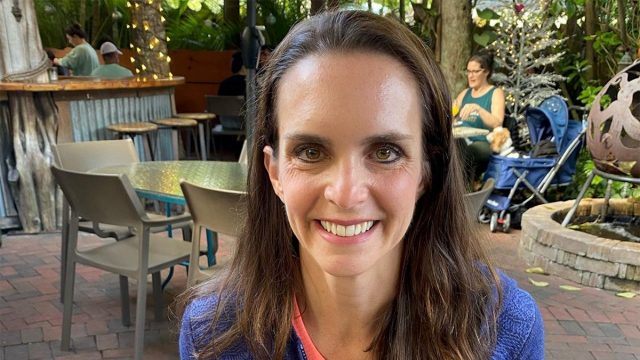
Do you ever wonder what nutritionists eat to stay healthy and in shape? Body Network's Resident RDN, Tara Collingwood, MS, RDN, CSSD, LD/N, ACSM-CPT, a Board Certified Sports Dietitian and co-author of the Flat Belly Cookbook for Dummies, recently turned 50 and is in the best shape of her life. Recently, the health expert divulged details about her diet with us. "I am a lacto-ovo-pesco vegetarian," she says. "I eat dairy, eggs, and a little fish but no other meat." Here is what she eats every day.
Pre-Workout
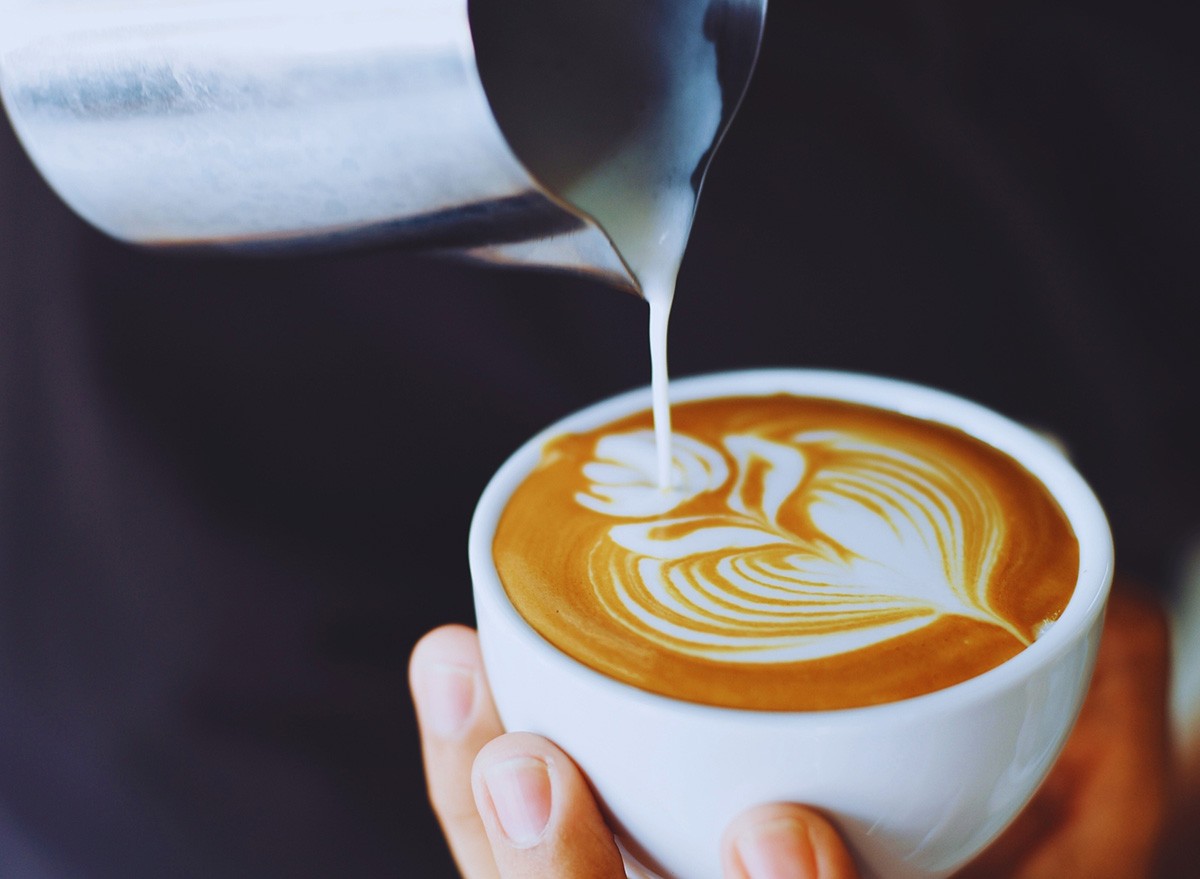
First thing in the morning, Collingwood has a latte with 8 oz 2% milk. "The caffeine gives me a little boost first thing in the morning and the milk provides some carbs and a little protein to fuel my workout," she says. "If I am doing a hard or long workout, I might have a banana or other fruit or a few handfuls of cereal."
RELATED: I Got My Best Body After 50 and Here's How You Can, Too
Post-Workout
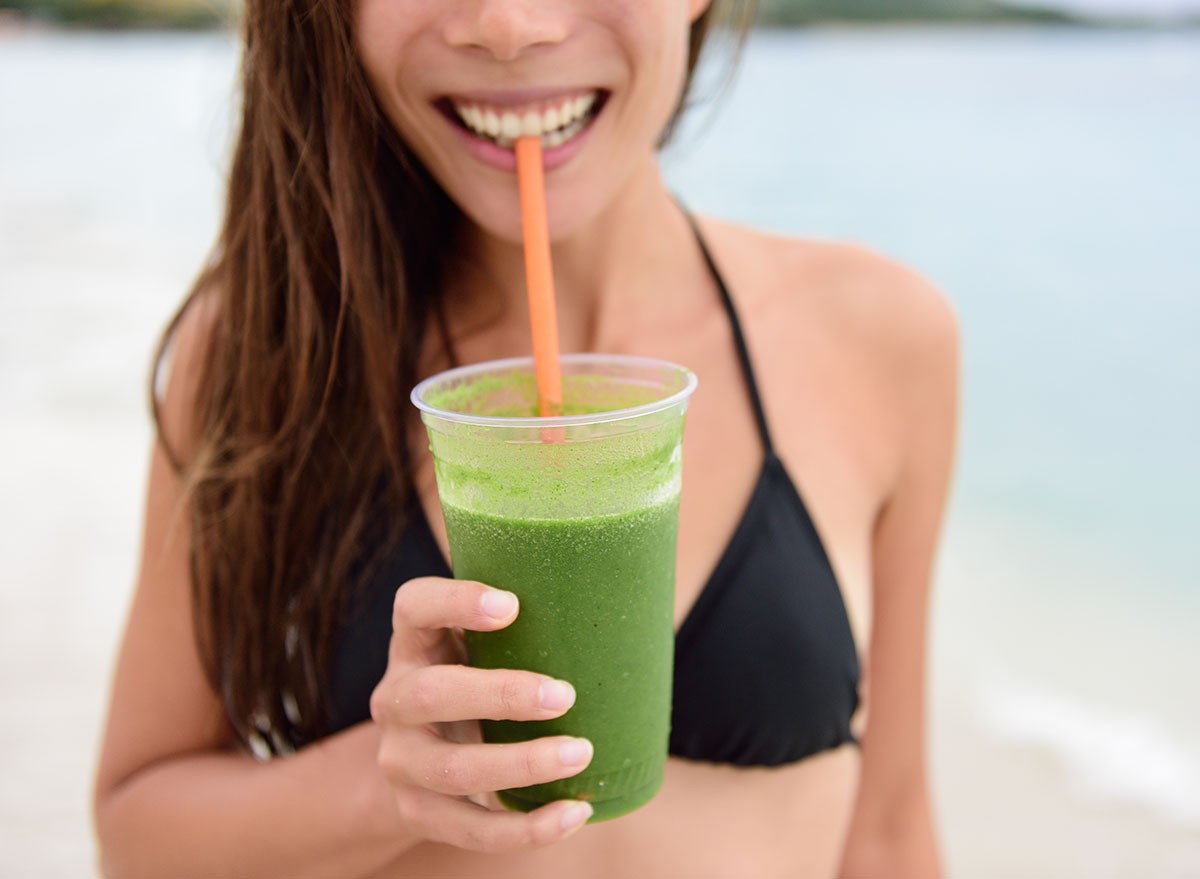
After her workout, she takes her green juice powder, turmeric powder, creatine, and other supplements and eats breakfast. "Half the weekdays, I have a smoothie with frozen fruit, protein powder, and milk or water in it," she says. "If I don't have a smoothie I have plain Greek yogurt with about 2/3 scoop of protein powder added to it and mixed it just to get even more protein. I load up the yogurt with a lot of fresh fruit – always grapes and usually raspberries, blueberries, and blackberries. Sometimes I sprinkle some granola if I want more calories or some extra crunch." On the weekends, she eats a more savory breakfast. "I scramble together egg whites with whole eggs and make an omelet with fresh spinach and feta cheese and have fresh fruit and whole grain toast with real butter," she says.
Throughout the Morning
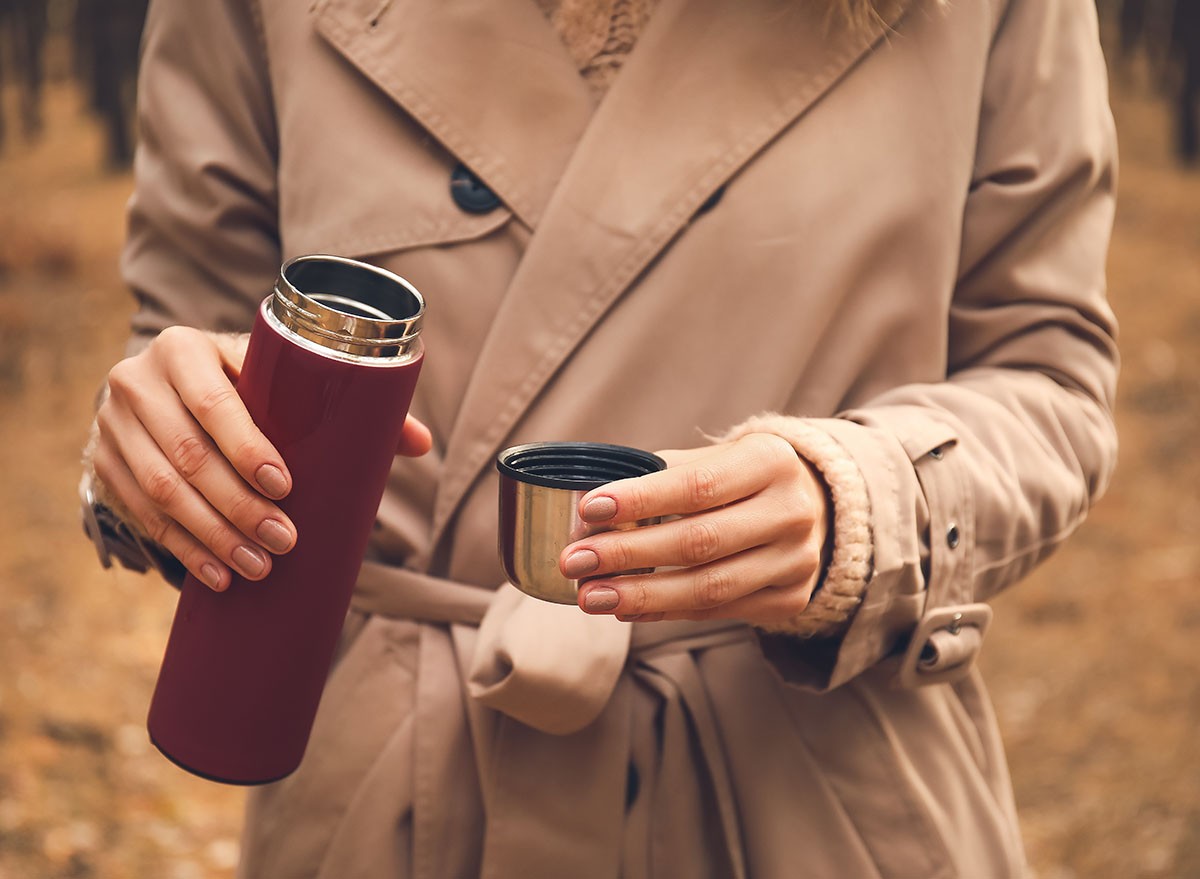
"I always have a huge Yeti of hot Rooibos (decaf) tea with about 1/3 of a Premier Protein shake in it for the creamy taste and little sweetness. I sip on this throughout the morning," she says.
Mid-Morning Snack
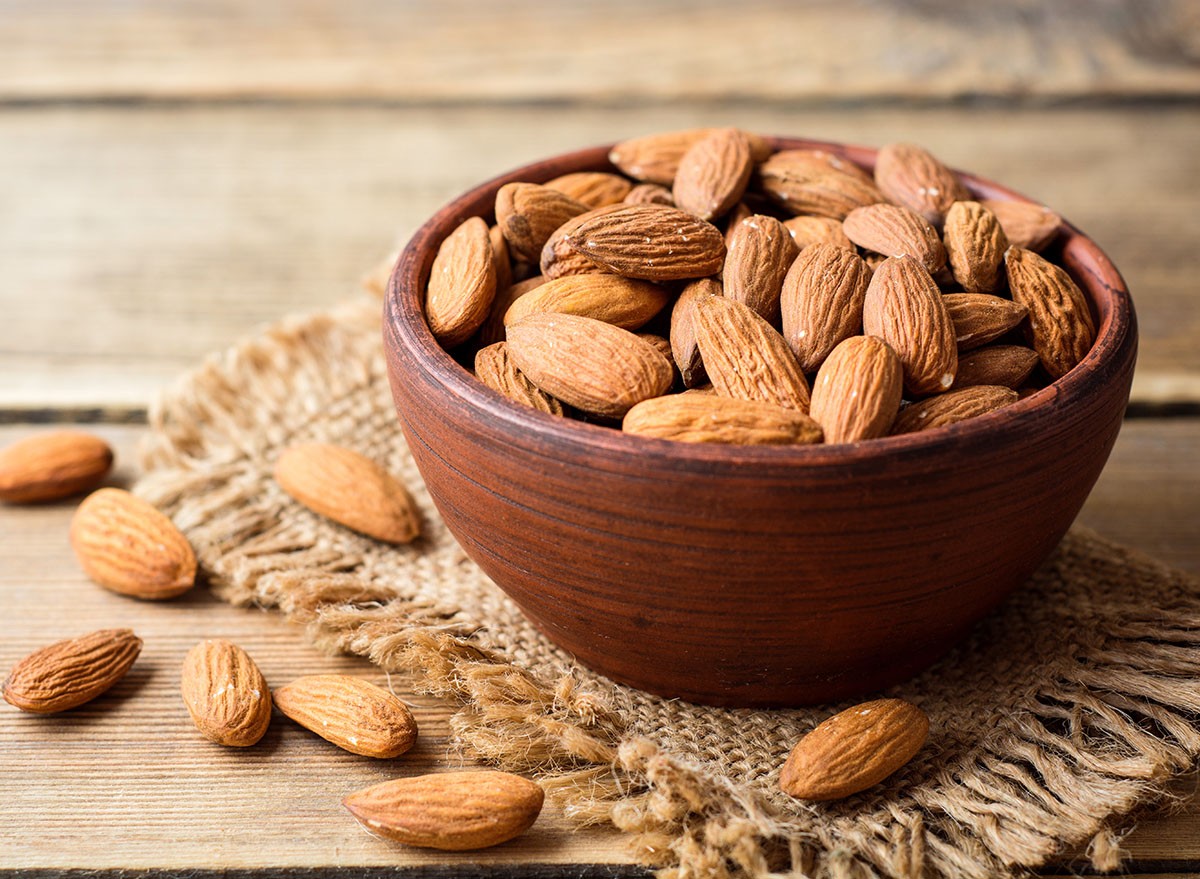
Collingwood also enjoys a snack mid-morning. This might be a handful of almonds, a piece of fruit, some cottage cheese, or a small protein bar.
RELATED: I'm a Nutritionist and These are the Best Banana Recipes For Weight Loss
Lunch
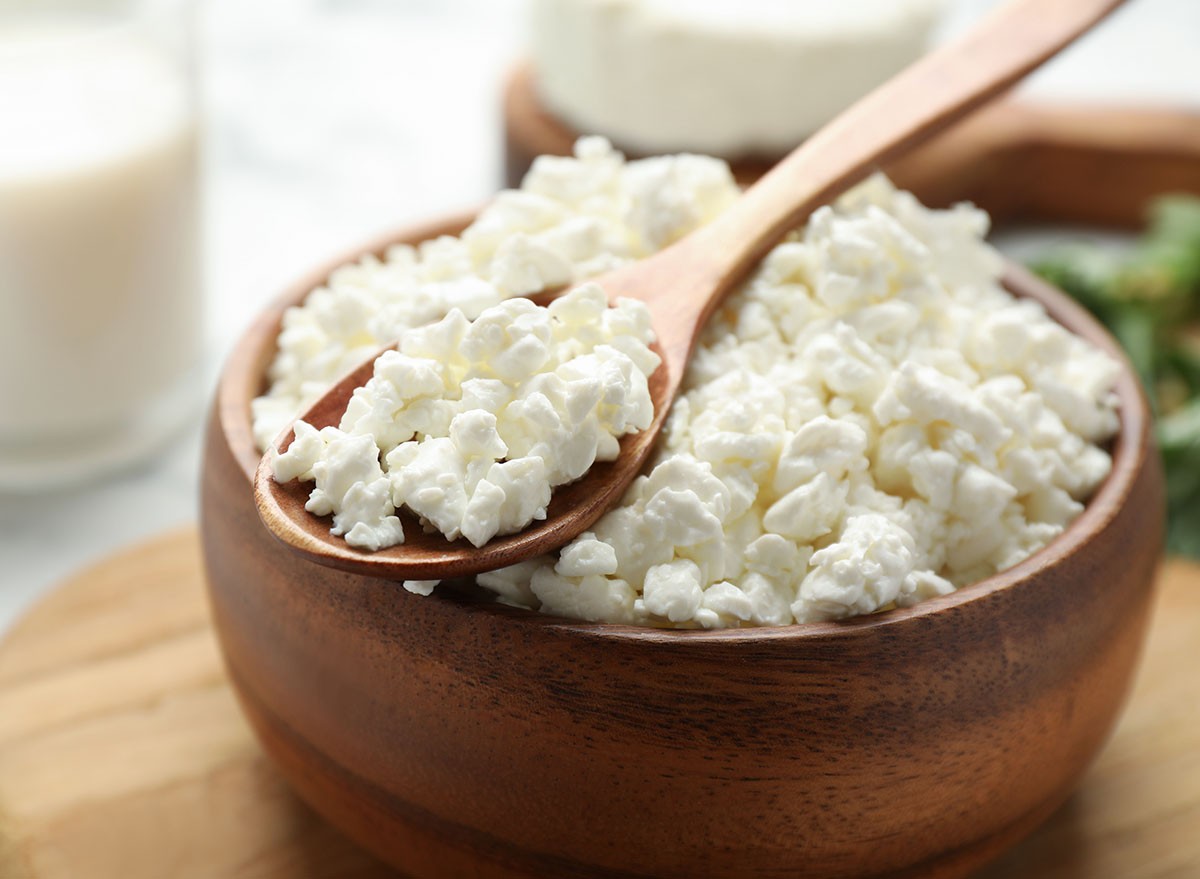
Lunch is typically a salad with various veggies, always cheese, and either cottage cheese for protein, a packet of tuna, or a soy-based meat alternative like "chicken" strips. "There is always some dressing, and it's either ginger dressing or a light Caesar or light Italian," she says.
Dessert
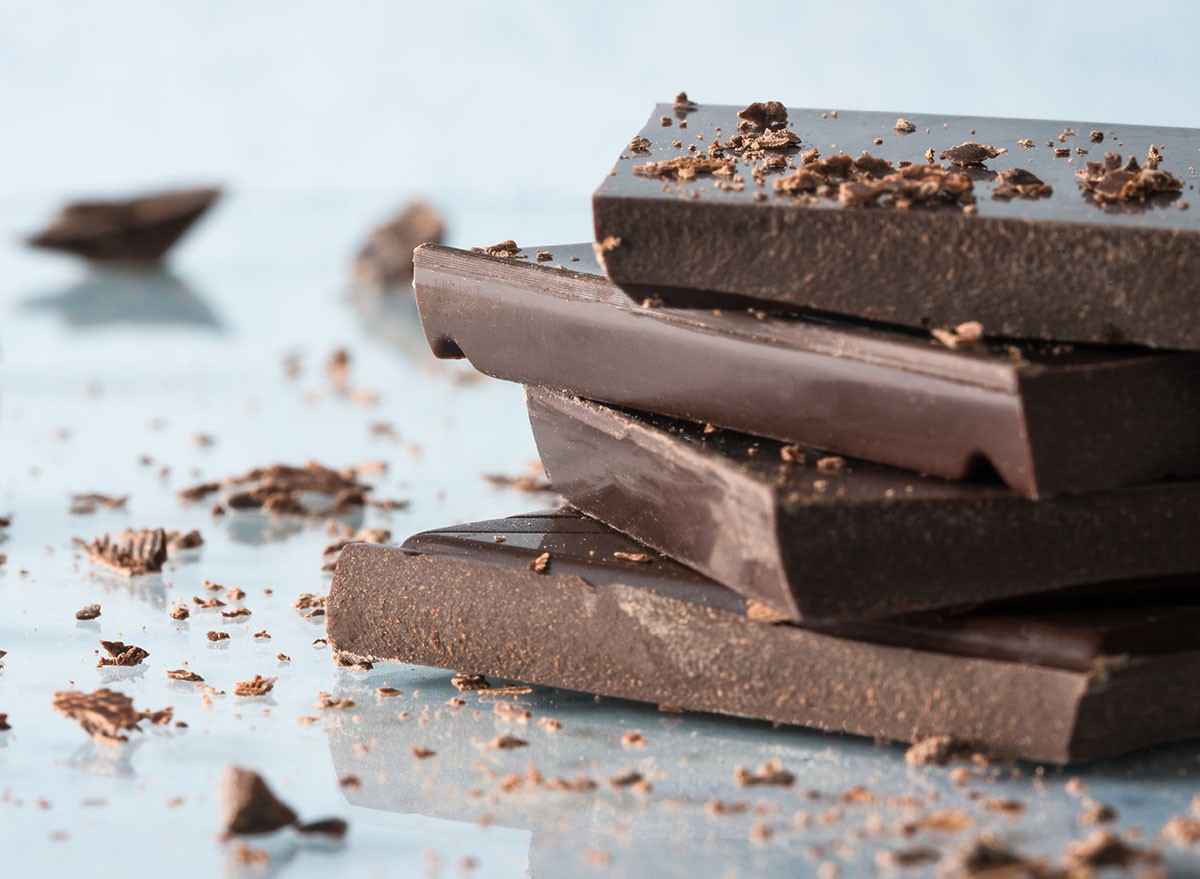
After lunch, Collingwood enjoys a sweet treat. "Always a few pieces of chocolate after lunch (like a few Dove Dark or some of my homemade truffles)," she says.
Afternoon Snack
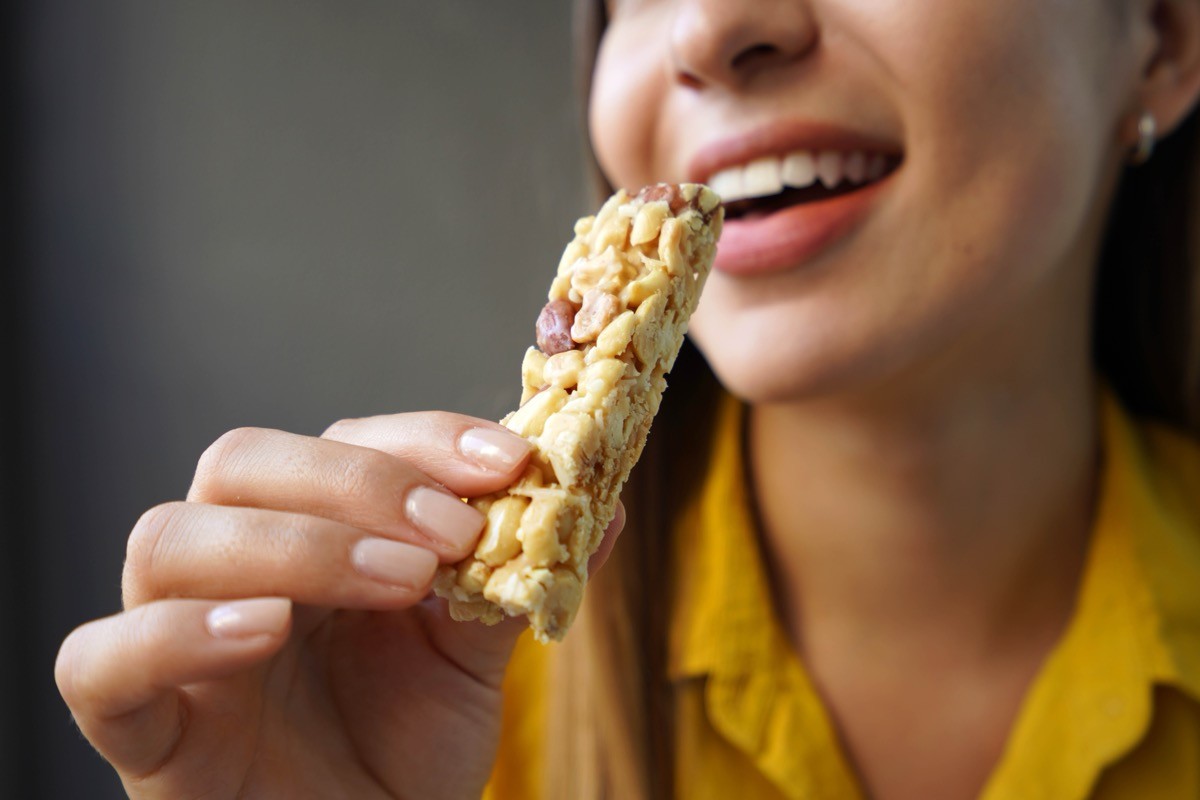
She also has a snack in the afternoon similar to her morning snack. "Or I might not have a snack depending on the timing of lunch and dinner and if I'm hungry," she says.
RELATED: Tone Sagging Arms in 2 Weeks With These 5 Exercises
Dinner

For dinner, she will have "whatever I am making for the family, which always includes a protein, grain/complex carb, and veggies," she says. "I usually go a little heavier on veggies than carbs and a decent serving of protein. Water to drink."
Dessert
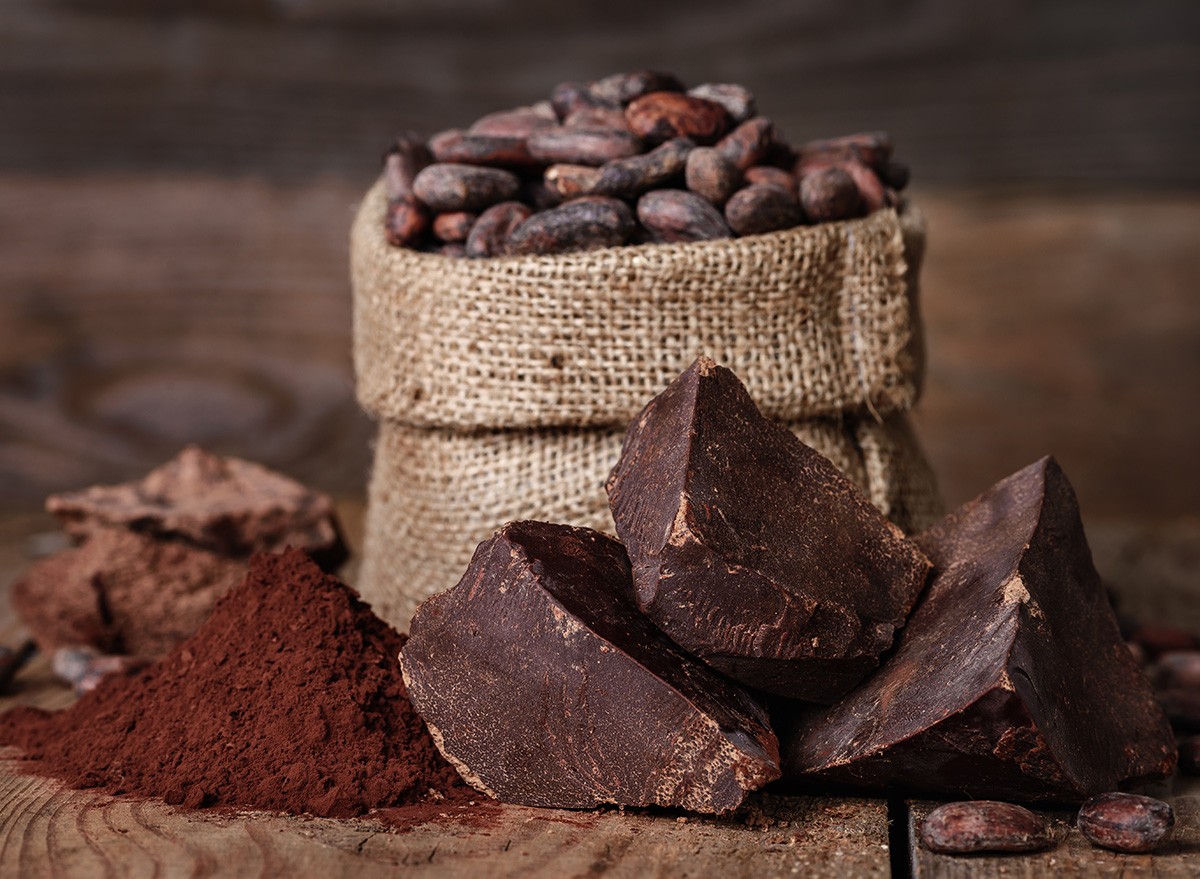
After dinner, she will indulge in another small sweet treat. "Sometimes another piece or two of chocolate to finish the day," she says.
RELATED: What Happens When You Quit Soda, According to a Nutritionist
Summary
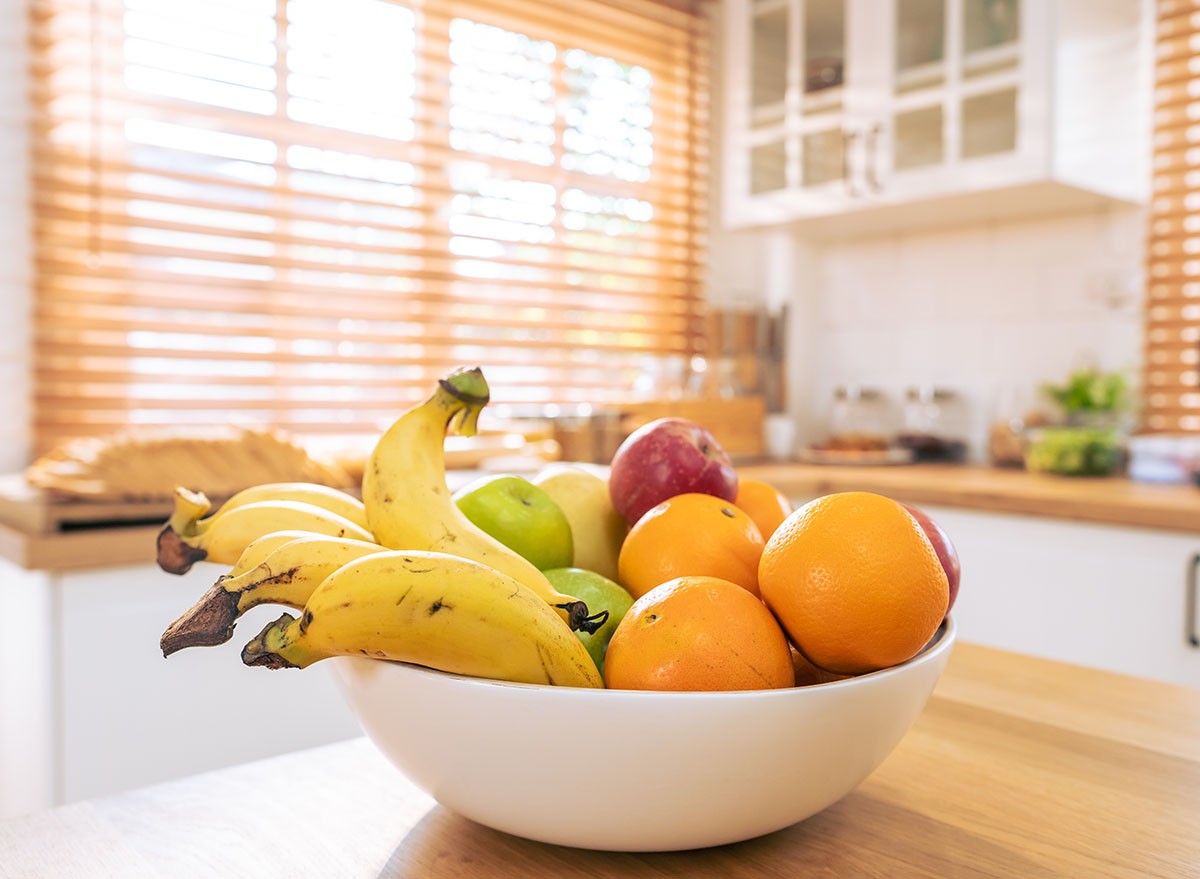
"I eat small 3 meals and usually a snack or two throughout the day to spread the calories. I try to do a decent (20-30+ grams) amount of protein in the morning to recover from workouts but also keep hunger at bay throughout the day," she says. She always has a fruit or veggie with every meal, stays hydrated, and indulges her sweet tooth. "I love chocolate, and I don't deprive myself. I have a few pieces daily." In general, as she has gotten older she focuses more on amping up protein and fewer carbs, "but by no means do I cut out carbs! I eat more veggies and fewer starchy carbs at meals." And if you enjoyed this article, take advantage of these 15 Quick Ways to Lose Body Fat Percentage in a Week.




